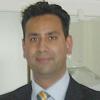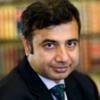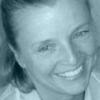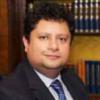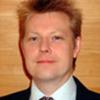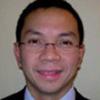On Jan 18th Science Daily ran a story called Busted Spine-Discs? Researchers Are Growing New Ones, Bioengineering Intervertebral Discs.
The piece began:
Each year, 40 to 60 percent of American adults suffer from chronic back pain. For patients diagnosed with severe degenerative disc disease, neurosurgeons must perform surgery called discectomy — removing the IVD — followed by a fusion of the vertebrate bones to stabilize the spine. Even after all that effort, the patient's back will likely not feel the same as before their injury.
Khai Lam, Consultant Orthopaedic Surgeon at the London Bridge Hospital has a view of his own.
There has been a great deal of debate regarding the feasibility of growing one’s own disc for auto-transplantation, so called ‘autologous disc transplantation’. The main main challenges are 1) ability to harvest the correct disc and cellular material, 2) growing the cells in optimal laboratory conditions, 3) implanting the cells in a biomechanical and biocompatible scaffold, and 4) surgical methods to transplant the bio-scaffold containing the healthy living cells into the spine. From the cellular point of view scientists have shown that there are 3 different types of cells that exists in the human disc but presently they are uncertain as to their origin and true function. Additionally scientists and surgeons are uncertain whether these cells will continue to remain viable once harvested and their ability to regenerate outside the spine when the mechanical loads are totally different. The next major hurdle relates to the ability to create a biologically and biomechanically compatible scaffold that would keep the cells alive in the laboratory before incorporation into the spine. Then the surgical technique of scaffold transplatation remains very destructive indeed and is by no means performed via minimally invasive surgery. The latter, however, is being increasingly practised by some surgeons when performing fusions and/or disc replacements. These current state of the art surgical techniques carry much more reproducible results and cetainly are not considered experimental. Therefore autologous disc transplantation remains an attactive but experimental treatment option but there are presently far too many early hurdles and uncertainties to allow for its use in humans.
The basic unit of all living organisms.
Full medical glossary
A disease of long duration generally involving slow changes.
Full medical glossary
The basic unit of genetic material carried on chromosomes.
Full medical glossary
A type of surgery that aims to limit the amount of trauma to the patient; for example, keyhole surgery. Abbreviated to MIS.
Full medical glossary
Affecting the vertebrae, the bones of the spine, or the joints between them
Full medical glossary
Capable of survival.
Full medical glossary


